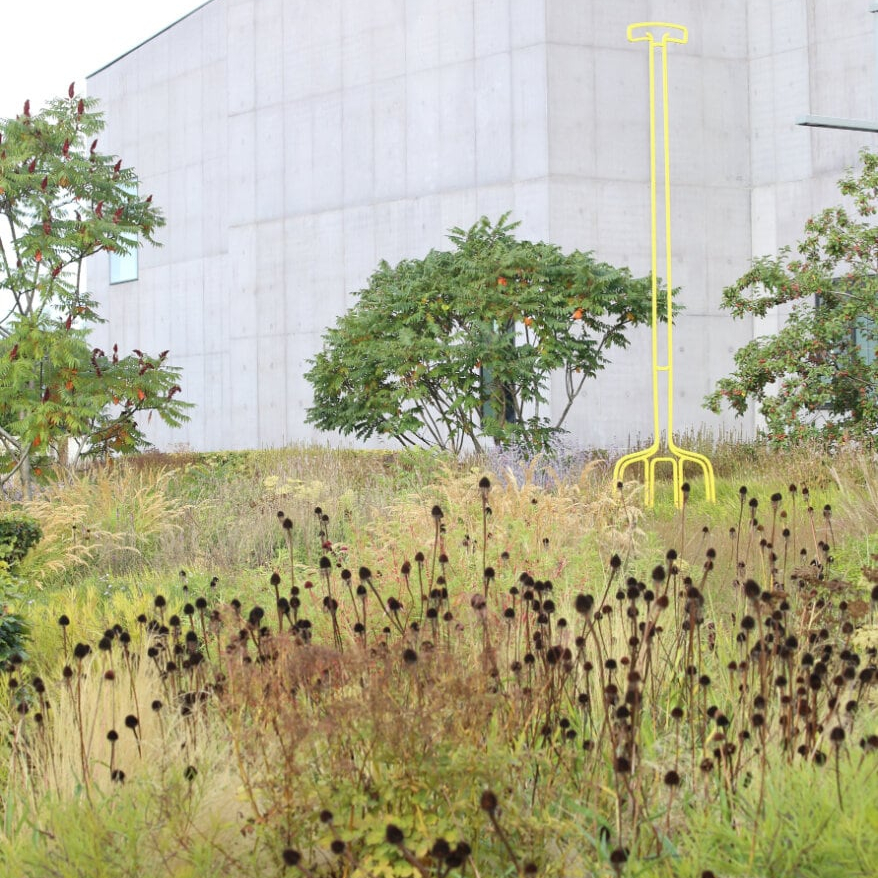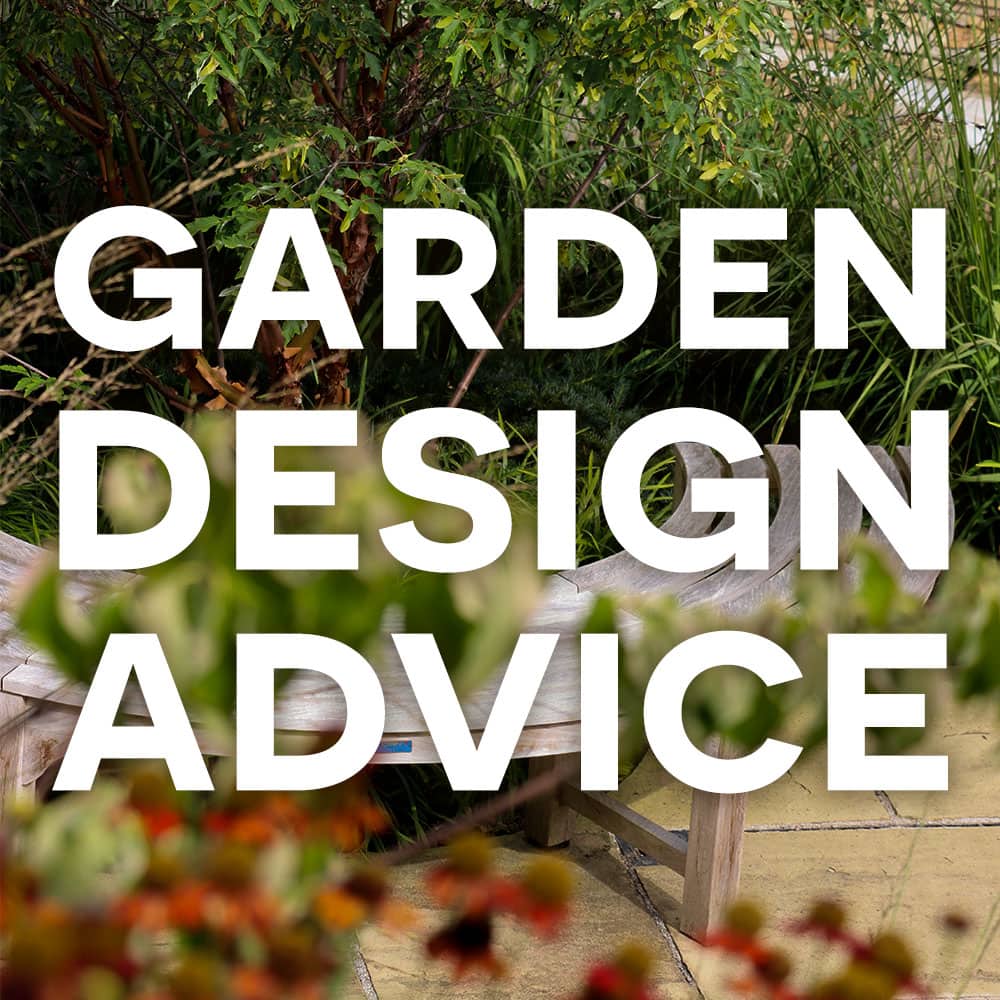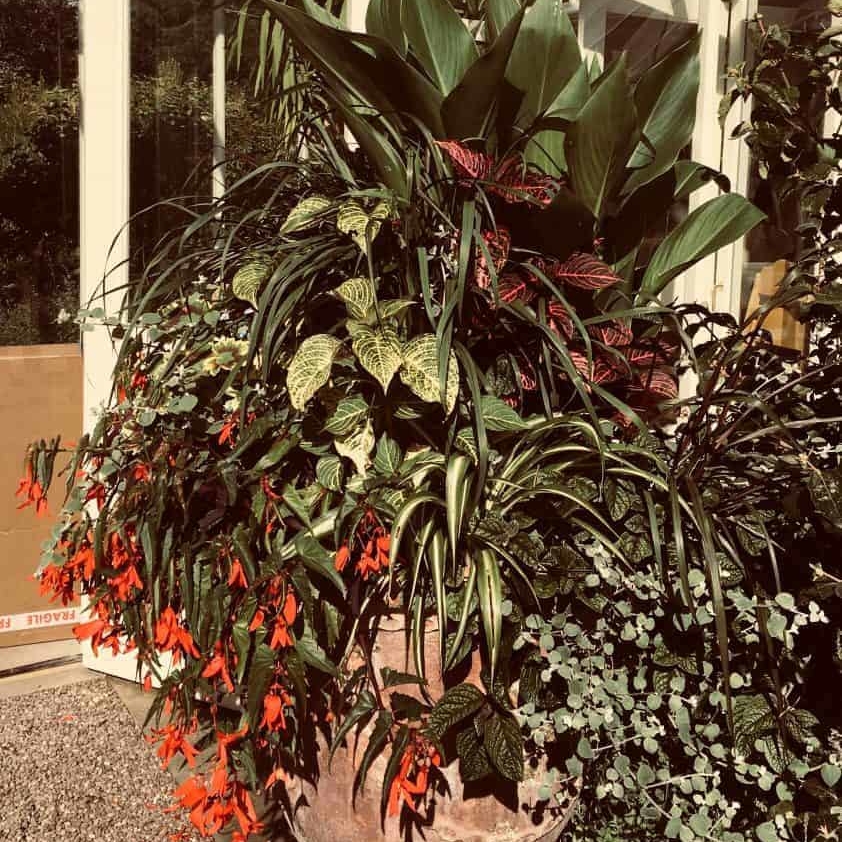Five Best Spring Blossom Trees to Welcome Spring into Your Garden
As the days grow longer and the winter chill begins to fade, there’s no better way to herald spring’s arrival than with a splash of vibrant colour in your garden. Luckily, there are a wealth of stunning spring blossom offering a unique charm and adding a touch of magic to your outdoor space. Let’s delve into five of our favourites, perfect for bringing a burst of floral beauty to your garden:
The Show-Stopping Cherry
Who can resist the captivating sight of a cherry tree in full bloom? These iconic trees, with their delicate, pink or white blossoms, are a true symbol of spring. Most commonly found varieties include the Prunus avium (wild cherry) and Prunus serrulata (Japanese flowering cherry). Cultivation is relatively straightforward – they prefer well-drained soil and a sunny spot. Spring blossom cherry trees are perfect as specimen trees, creating a breathtaking focal point in your garden. While they won’t boast autumn colour, some varieties, like the ‘Morello’, produce small, edible cherries enjoyed by birds and humans alike. Read this older blog for more about cherry blossom trees.
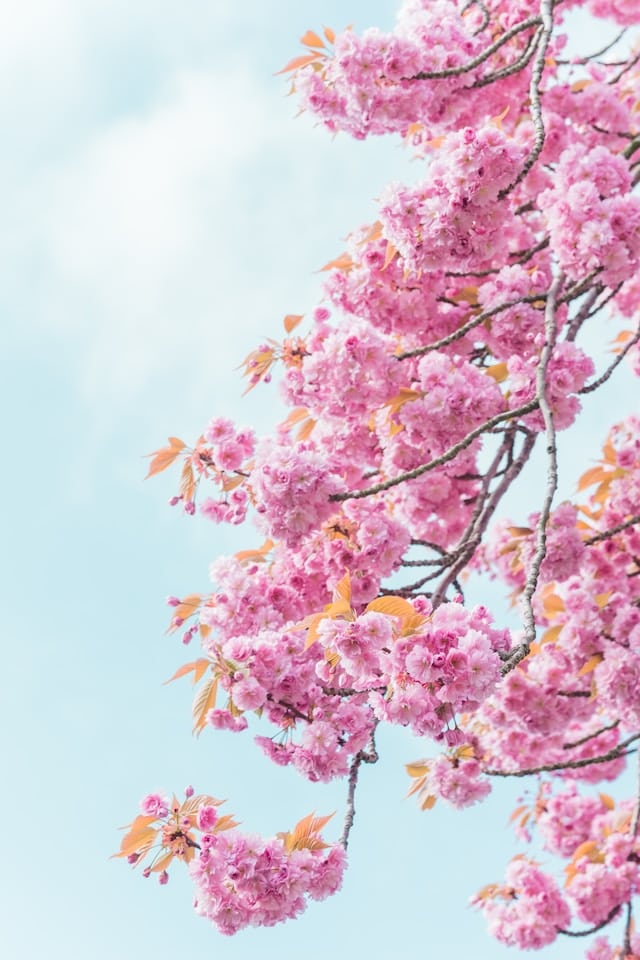
The Fragrant Magnolia
Offering a touch of luxury, Magnolias are renowned for their large, cup-shaped flowers that fill the air with a delightful fragrance. Depending on the variety, these beauties can bloom from early spring to late summer, with options for both white and pink spring blossom. Popular choices for British gardens include Magnolia stellata (star magnolia) and Magnolia x soulangeana (saucer magnolia). Magnolias thrive in well-drained, acidic soil and prefer a sheltered position. They make excellent specimen trees, or train them against a wall for a touch of vertical interest. While they don’t offer autumn colour, some varieties, like Magnolia stellata, have attractive, glossy foliage that remains throughout summer.
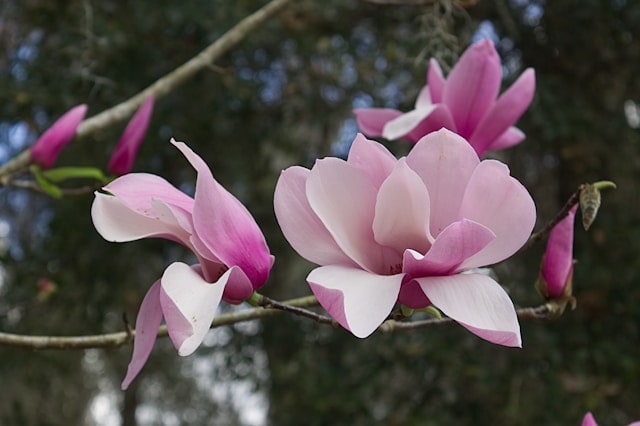
The Alluring Malus (Crab Apple)
Crab apples offer not only a stunning display of spring blossom in spring, but also the potential for a harvest of small, tart apples enjoyed by birds and jellies alike. The Malus ‘Everest’ is a popular choice, bearing fragrant, white flowers and offering vibrant crimson fruits in autumn. Crab apples are adaptable to most soil types and prefer a sunny spot. They can be grown as small trees, used to create a colourful hedge, or even trained as espaliers against a wall. While autumn leaves are not as showy as some other trees, they often turn a pleasant yellow before falling. If you have normal fruiting apple trees, crab apples can be useful in helping make sure they are maximally cross-pollinated, which helps make sure you get as big a crop as possible.
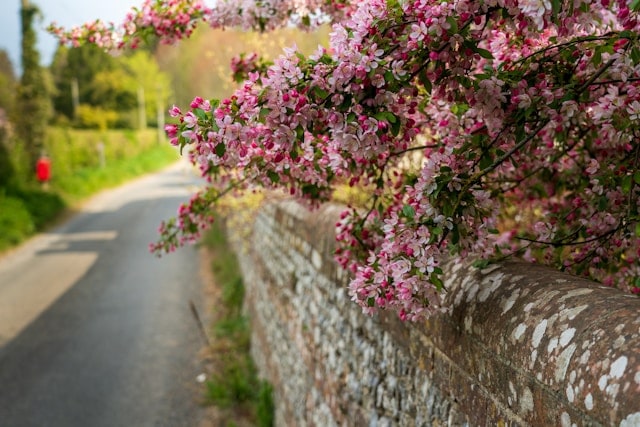
Spring Blossom – delicate and subtle
4. The Native Charmer: Hawthorn: If you’re looking for a tree that’s both beautiful and beneficial for wildlife, look no further than the Hawthorn. This native British tree boasts clusters of fragrant white spring blossom in late spring, followed by red berries that attract birds in autumn. Hawthorn is tolerant of most soil types and thrives in sunny or semi-shaded spots. Grow it as a small tree or trained into a hedge. While it doesn’t boast vibrant autumn foliage, its green leaves turn golden in fall, adding a subtle touch of colour.
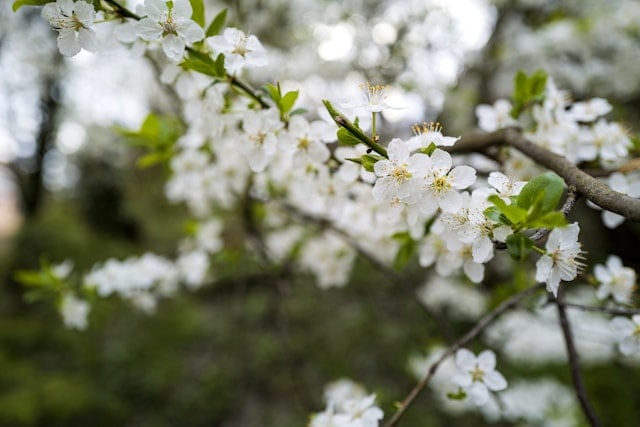
5. The Delightful Amelanchier: If you’re looking for a tree that offers year-round interest, then the Amelanchier is a fantastic option. This lesser-known gem boasts delicate white spring blossom in spring. These are followed by edible purple berries in summer. Attractive autumn foliage turns fiery shades of orange and red. The Amelanchier is tolerant of most soil types and thrives in a sunny or semi-shaded spot. Grow it as a small tree or a large shrub.
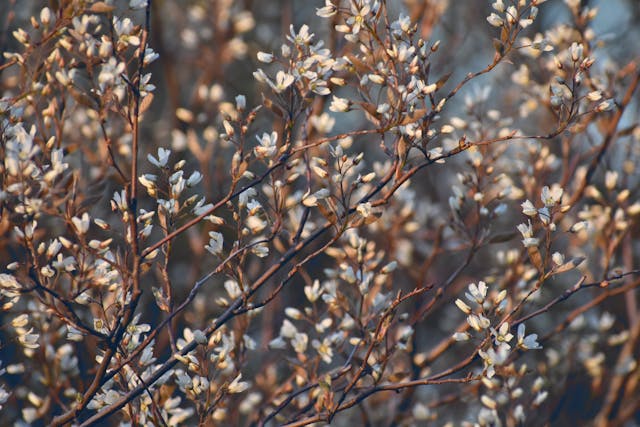
So, as spring approaches, why not consider adding one of these beautiful spring blossom trees to your garden? With their vibrant blooms, unique features, and ease of care, they’re sure to bring a touch of magic and seasonal delight to your outdoor space.
Owen Hayman
Owen joined the Bestall & Co planting and aftercare team in spring 2019. He is an RHS qualified horticulturist, holding a full Level 3 Diploma in Horticulture, and recently came in the top 3 at the Northern Regional Final of The Young Horticulturist of the Year 2019. After first doing a foundation diploma in Fine Art, he went on to gain a degree and masters in Plant and Soil Science from the University of Sheffield in 2014. Owen worked as a researcher on various field research projects in Alaska, Panama and Borneo. When not away in the field, he became obsessed with visiting gardens and nurseries across the British Isles and the Netherlands, developing his own garden, and then taking on a walled allotment garden as a personal project. He realised his true passion was in horticulture, and so moved away from academia and into the world of specialist plant nurseries and professional gardening.
Owen is now studying the Wisley Diploma, but continues to write articles for us on a monthly basis, and we're delighted to maintain contact with such a passionate and knowledgable plantsman.

